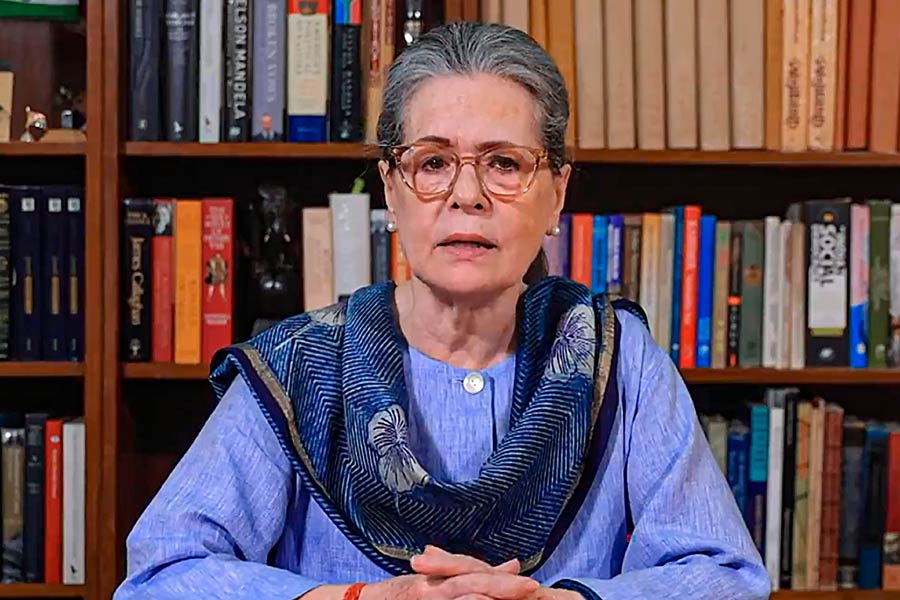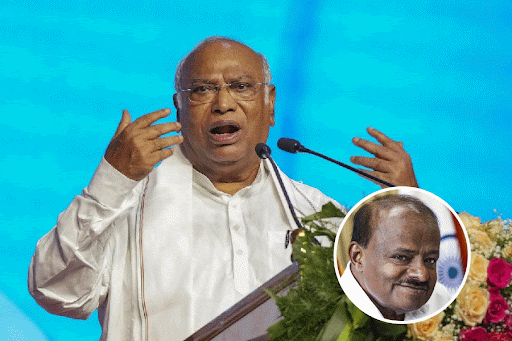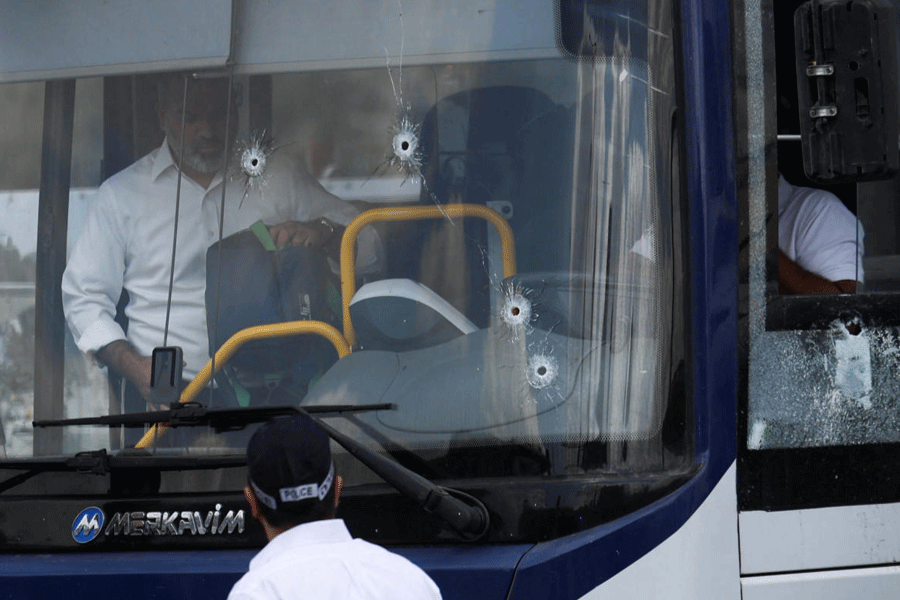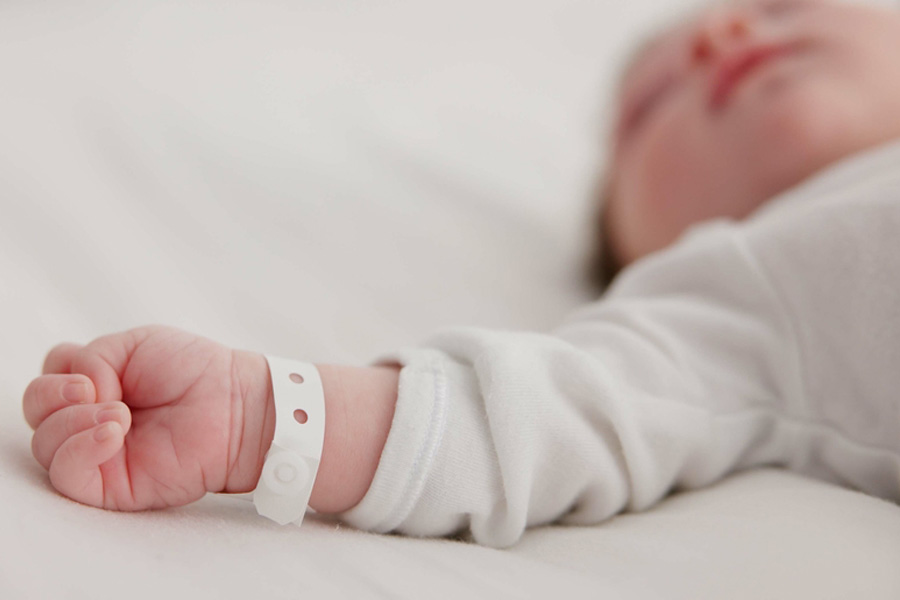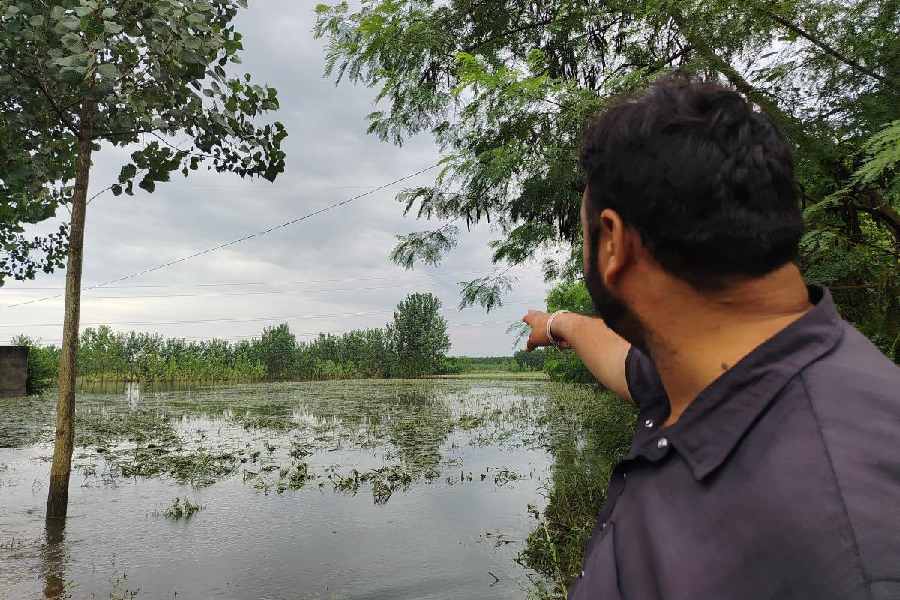 |
| Devi Lal Patidar at CIMA Gallery before two of his paintings of masks. Picture by Amit Datta |
The commonest implements of day-to-day use, either sketched with kajal or moulded with clay by Devi Lal Patidar, are charged with sexuality. His best works are not obviously sexual but they have soft, sensuous curves, rounded forms, deep furrows or resemble tumescent and often bristly body parts.
His insects, underwater creatures, shells, lanterns, fruit and bone whistles resemble the erogenous regions of the human body. These are organic forms whose links with the crafts of tribal Madhya Pradesh become quite apparent on first view. Patidar, who was here for the opening on Friday of a huge exhibition of artists from Madhya Pradesh now on at CIMA Gallery, says he is from Sundrel village of Dhar district. ?It was so remote that it had no shop, no signage,? says the 46-year-old artist.
However, he had access to two newspapers, Nayi Duniya and Swadesh, both published from Indore. In one of these, a writer named Rahul Barkute used to publish a story every Sunday, along with illustrations by Vishnu Chinchalkar. Patidar would copy these with Holi colours and much later realised that the drawing were done with charcoal. His paintbrush used to be a twig with cottonwool tied at the end. Tribals continue to do so to this day.
Ramlila in his village was celebrated over a fortnight and he would paint the faces of all the artistes. Besides, village folk would ask him to decorate their homes during weddings. He would doodle in his school exercise books, incurring the wrath of his teachers. Thus began his training as an artist in the making.
Around this time, a primary health centre had opened in his village, where the ayurved was from Indore. His home happened to be close to the art college there. So, Patidar was admitted there when he was around 20. ?But such was the culture shock that I lost my mental balance and had to undergo treatment,? he says.
Patidar, who heads the ceramics department of Bharat Bhavan in Bhopal, feels very strongly about using traditional means to a contemporary end. He was among the students who had volunteered to collect tribal art when Bharat Bhavan was being built in 1982. That is when he got the opportunity to observe the 46 tribes of Madhya Pradesh from close quarters.
In 1986, ceramic sculptors Daroz and B.D. Sharma of Garhi participated in a month-long workshop at Bharat Bhavan. Patidar picked up the art by observing and working with them. J. Swaminathan encouraged him to find out for himself how to fire his clay creations and gave him a lot of time to hone his skills. Now Patidar holds exhibitions all over the country.


